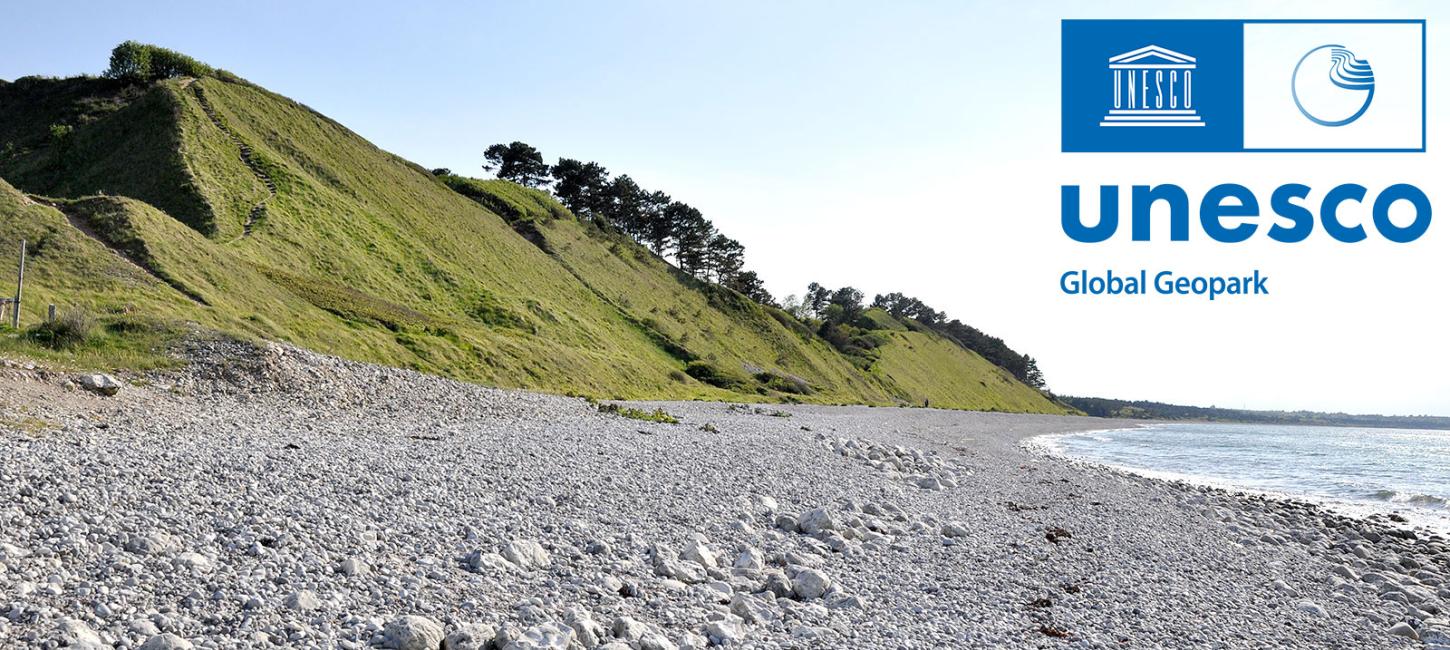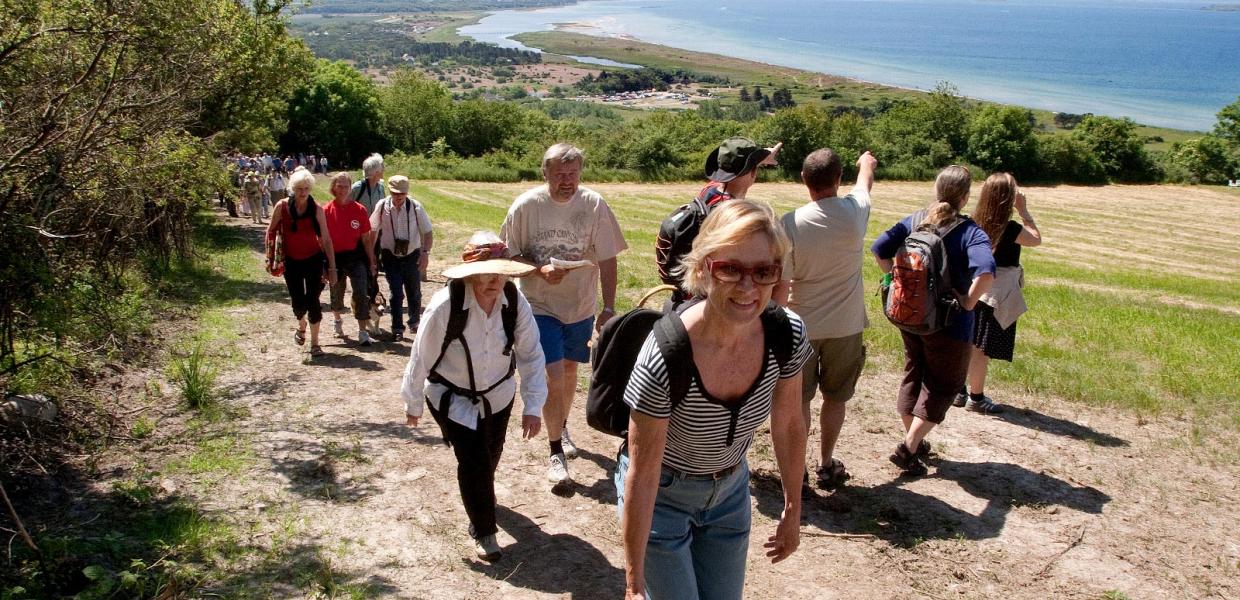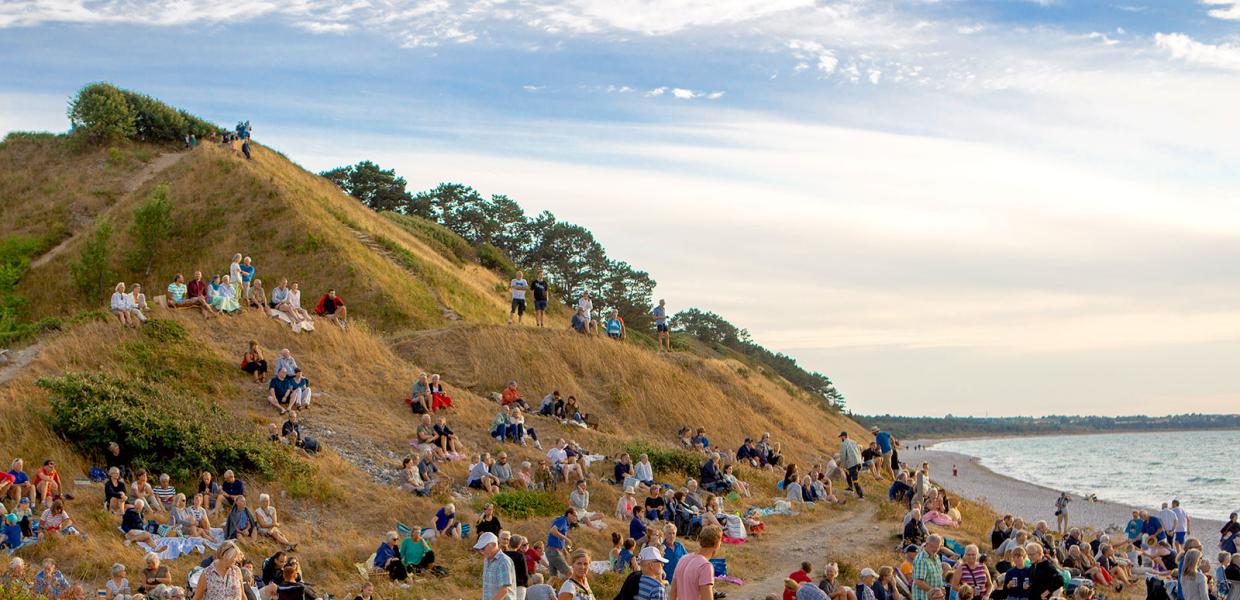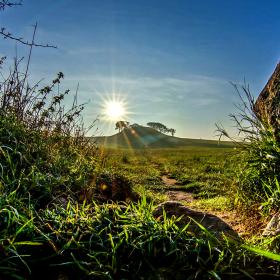
UNESCO Global Geopark Odsherred
The entire area of Odsherred has been designated a UNESCO Global Geopark because of the crucial cultural-historical importance of the Ice Age landscape and the dammed Lammefjord.

First Danish geopark
A multitude of exciting experiences await in northwestern Zealand, where the scenic Odsherred can proudly call itself UNESCO Global Geopark Odsherred.
Several years of hard work led to Geopark Odsherred gaining a place in the distinguished, global community among the world's other geoparks under UNESCO's wings in 2014 - as the first Danish geopark ever.
What is a geopark?
A geopark is a geographical area where the geological design of the landscape is completely unique and has a decisive importance for life in the area. In some of the world's geoparks, mountain formations are important for mining and raw material extraction. Elsewhere, volcanoes provide a very special landscape and living conditions.
Read more at UNESCO.org
See also: Global Geoparks Network

Photo:John Olsen
Reasons why Odsherred is a geopark
The inclusion of Geopark Odsherred is primarily due to a completely unique Ice Age landscape, whose geological conditions have a decisive cultural-historical significance for life in Odsherred. For example, the hilly terrain with the special light and sweeping views of the sea and fjord have inspired and attracted artists over the past 200 years.
Another contributing factor is the large damming of the Lammefjord at the end of the 19th century, when the fjord bottom was transformed into huge areas of agricultural land. The man-made alteration of the landscape enabled today's highly respected vegetable growing and food production in the area.

Photo:John Olsen
The purpose of a geopark
UNESCO is an organization under the UN. The highest purpose of the geoparks on the globe is to contribute to peace. The geoparks are therefore places where the special geology forms the basis for cultural, social and economic development.
In this way, the geoparks are not intended as conservation areas - like the UNESCO World Heritage Convention - but as engines for the sustainable development of the world's rural areas.



